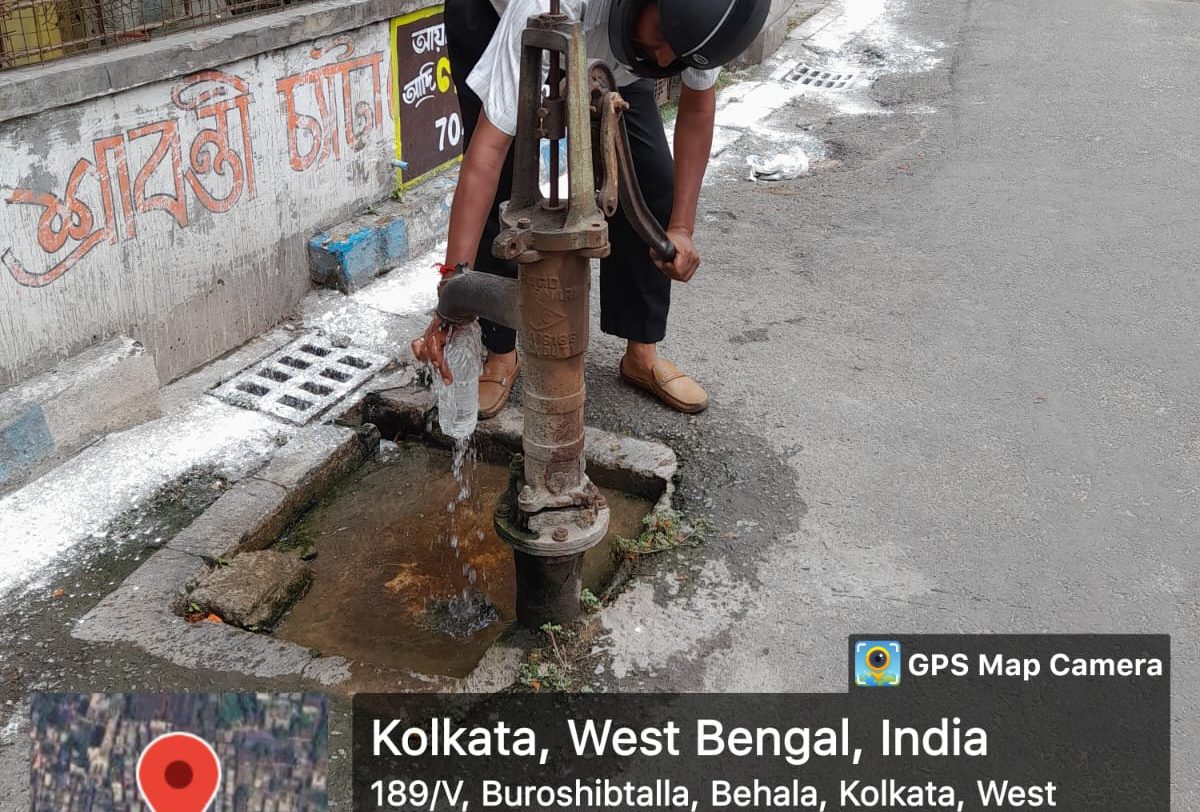July 11, 2023

Aquifers are underground geological formations that contain and transmit groundwater. They play a crucial role in storing and supplying water for various human and ecological needs. Aquifers can be classified into different types based on their geological characteristics and hydraulic properties. Here are some common types of aquifers:
Confined Aquifer: A confined aquifer, also known as an artesian aquifer, is an aquifer that is confined between impermeable layers of rock or clay. The confined aquifer is under pressure due to the overlying confining layers, and when a well is drilled into it, the water may rise above the land surface without the need for pumping, flowing naturally under artesian pressure.
Semi-confined Aquifer: A semi-confined aquifer exhibits characteristics of both unconfined and confined aquifers. It has a permeable layer (aquifer) between an overlying confining layer and an underlying layer that allows some vertical movement of water. The water table in a semi-confined aquifer fluctuates but is influenced by the confining layer above.
Unconfined Aquifer: An unconfined aquifer, also known as a water table aquifer, is an aquifer in which the groundwater is not under pressure and is in contact with the atmosphere. The upper surface of the groundwater in an unconfined aquifer is called the water table. The water table fluctuates with changes in recharge and discharge and is typically near the land surface.
Fractured Rock Aquifer: Fractured rock aquifers are formed in hard rock formations, such as granite or basalt, where water flows through fractures, joints, and other discontinuities in the rock. The fractures serve as pathways for groundwater movement and storage.
Coastal Aquifer: Coastal aquifers are found in coastal areas and are influenced by interactions between freshwater and saltwater. These aquifers are prone to saltwater intrusion, where saline water infiltrates into the freshwater aquifer due to excessive groundwater pumping or sea-level rise.
Leaky Aquifer: A leaky aquifer is characterized by the presence of both confined and unconfined conditions within the same aquifer. It occurs when there is some degree of hydraulic connection between the aquifer and overlying or underlying permeable layers, allowing water to flow into or out of the aquifer.
Karst Aquifer: Karst aquifers are formed in soluble rocks, such as limestone, dolomite, or gypsum, which are susceptible to dissolution. These aquifers are characterized by features like sinkholes, caves, and underground rivers, as the water dissolves the rock over time, creating conduits and storage spaces.
These are some common types of aquifers based on their geological and hydraulic properties. It’s important to note that aquifer characteristics can vary significantly based on regional geology, and multiple aquifer types can coexist within a given area.